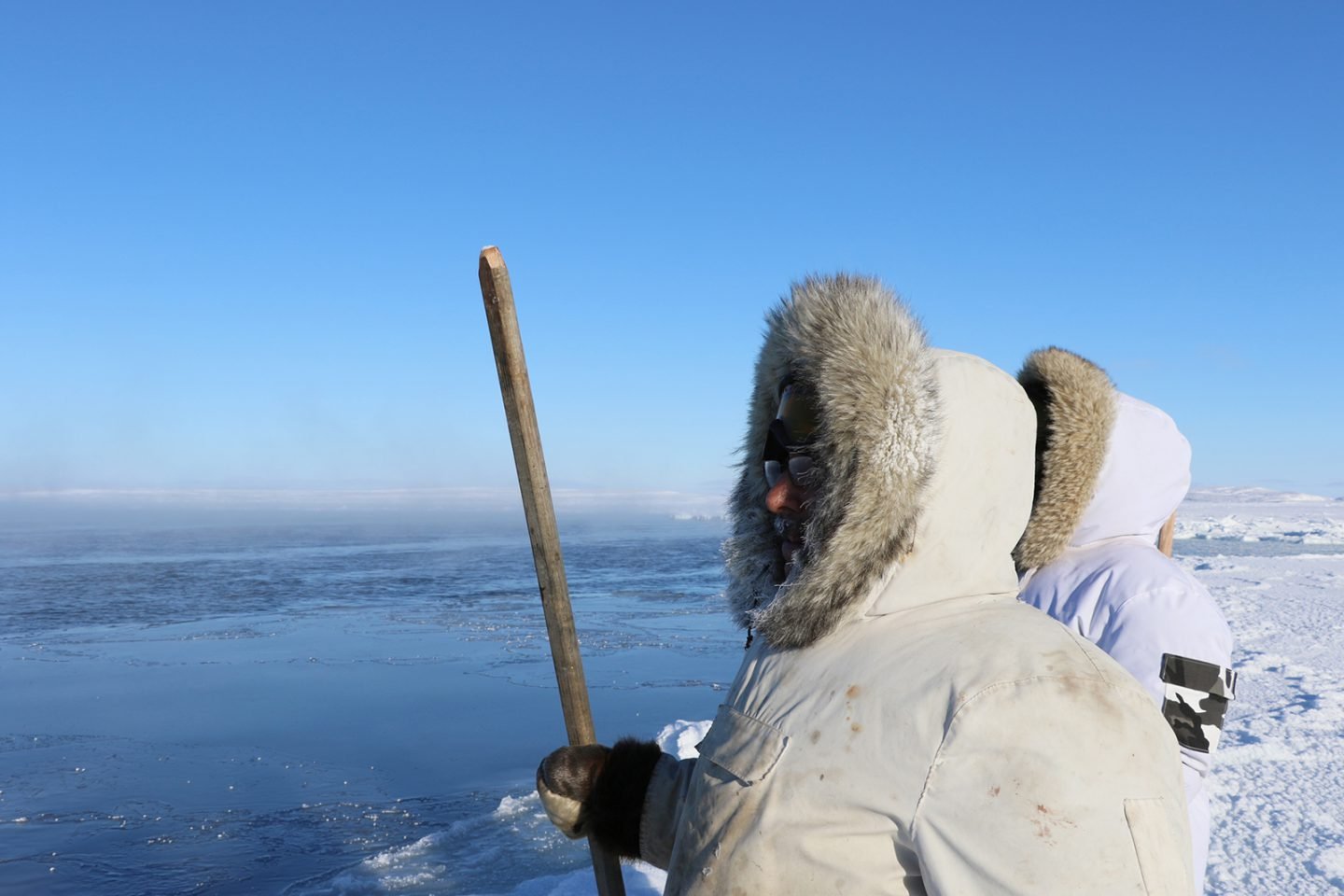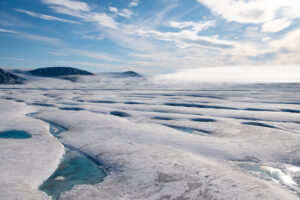
People & Culture
Why the North Pole matters: An important history of challenges and global fascination
In this essay, noted geologist and geophysicist Fred Roots explores the significance of the symbolic point at the top of the world. He submitted it to Canadian Geographic just before his death in October 2016 at age 93.
- 5167 words
- 21 minutes







